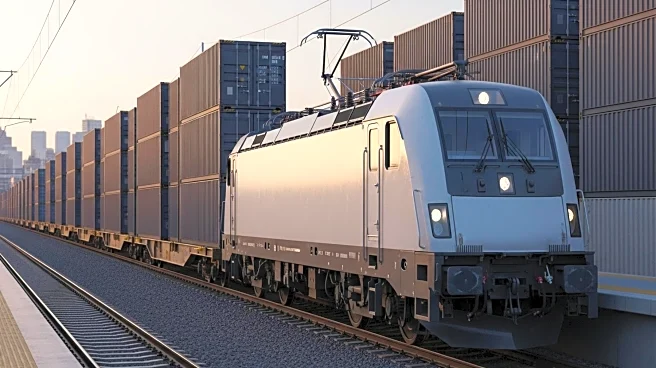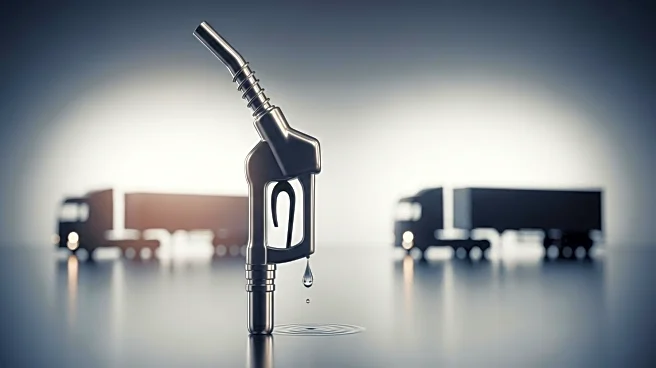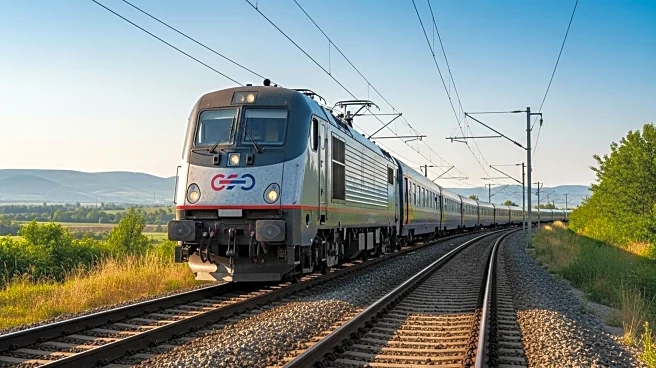What's Happening?
The Association of American Railroads (AAR) reports annual growth in U.S. rail carload and intermodal volumes for the week ending September 27. Rail carloads saw a 0.9% increase, while intermodal containers and trailers rose by 1.1%. Key commodity groups such as nonmetallic minerals and grain contributed to the growth, while coal and petroleum products experienced declines. The data indicates a positive trend in rail transportation, reflecting increased demand and operational efficiency.
Why It's Important?
The growth in rail carload and intermodal volumes is a positive indicator for the U.S. transportation industry, suggesting increased demand and efficiency in rail operations. Rail transportation is a critical component of the supply chain, and its performance impacts various sectors of the economy. The annual growth reflects resilience in the industry amid challenges such as economic uncertainties and regulatory changes. The findings underscore the importance of strategic planning and adaptation to changing market conditions.
What's Next?
The rail industry may continue to focus on enhancing operational efficiency and capacity to meet growing demand. Stakeholders may advocate for policy adjustments to support rail transportation and address challenges such as regulatory changes. The industry could see increased collaboration and innovation as companies navigate the evolving landscape. The positive trend in rail volumes may lead to further investments in infrastructure and technology.
Beyond the Headlines
The growth in rail volumes reflects broader trends in the transportation industry, including the impact of economic uncertainties and trade policies. The need for resilience and adaptability in rail operations is more critical than ever, as companies navigate complex market conditions. The findings may prompt discussions on the role of technology and data-driven decision-making in enhancing transportation efficiency.











